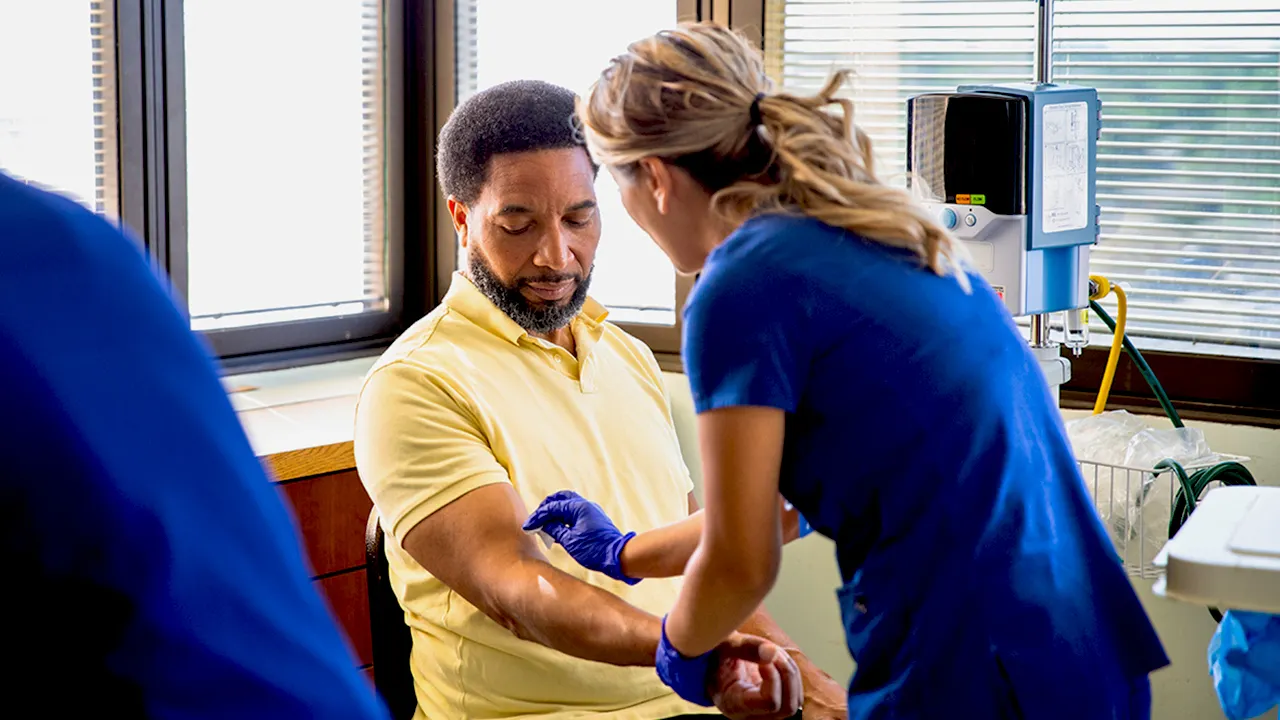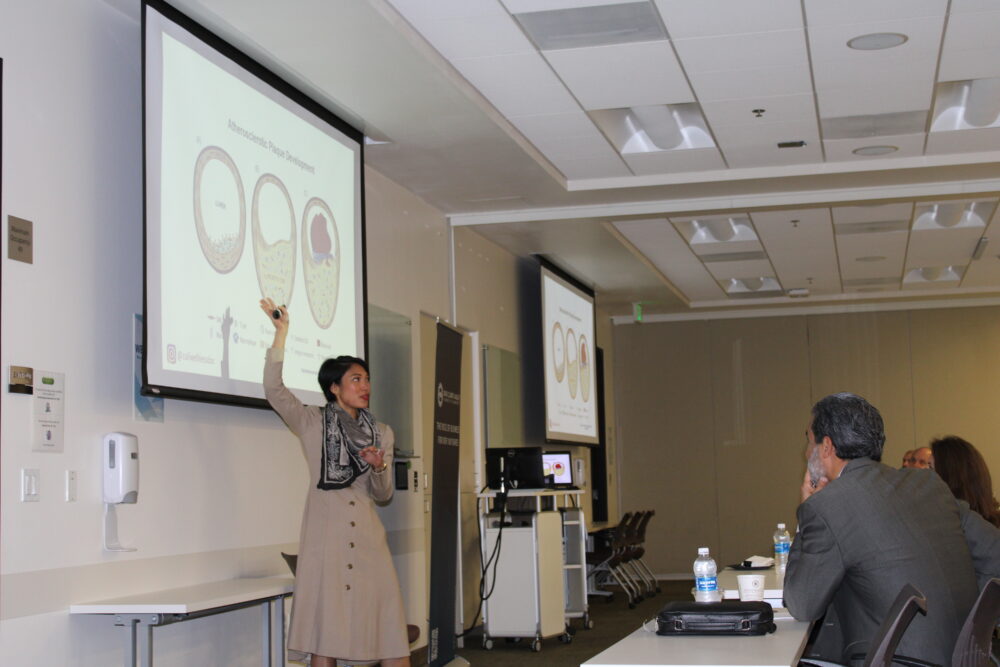Copyright Forbes

The numbers tell a stark story. A recent NIH-funded study of 90,000 Americans showed that chronic pain has increased by 13 percent over the last two years, devastating the lives of over 24 percent of the U.S. population—more than 60 million people. Looking closer, chronic pain has been shown to reduce quality of life, increase the risk of depression, decrease work productivity, and create a reliance on pain medication with potential for adverse events and addiction. Meanwhile, according to the CDC, in 2024, overdose deaths in the U.S. involving opioids were 54,743—down from 83,140 in 2023. This inspires a paradox: people are suffering more, yet we celebrate that fewer are dying from the medications meant to help them. Something is fundamentally broken in how we approach pain management. In a timely update, recent guidance from the FDA represents an acknowledgment of and a response to the breadth of our healthcare crisis. Dr. Jacob Teitelbaum, among the world’s foremost integrated medical specialists in fibromyalgia and related chronic pain conditions, offers a baseline view: “Chronic pain cannot be taken lightly, and neither should overdose deaths involving opioids. The question remains, how to continue the decrease in narcotic overdose deaths without leaving people in chronic pain. Fortunately, research shows that numerous safe and low-cost non-opioid approaches can be effective for pain management. The challenge is a lack of education for both physicians and patients. Physicians are not trained in alternatives to the heavy-duty pharmaceuticals routinely prescribed for pain, which often come with side effects and health risks.” This is not a criticism of medical professionals—it’s an indictment of a system that has conditioned both doctors and patients to reach for the pill bottle first, a mentality that has become so ingrained that safer, effective alternatives remain overlooked, even as research demonstrates their value. When we default to over-the-counter medications like acetaminophen, we accept risks that include liver damage, skin reactions, and blood abnormalities—risks that compound when combined with alcohol, something many pain sufferers use to cope. All treatment carries risk. The question is: how much risk should we accept before exploring other options? Prevention First, Crisis Management Second The research is clear: chiropractic care offers safe and effective treatment for musculoskeletal conditions, particularly low back pain, neck pain, and headaches. Studies show continued opioid reduction among patients receiving chiropractic care, with recent military research reinforcing these findings. However, what often gets overlooked in the conversation about primary spine care is that the spine doesn’t exist in isolation. You cannot separate spinal health from lifestyle choices, nutritional habits, movement patterns, or mental well-being. Truly preventing chronic pain requires addressing the whole person—not just waiting for a crisis and treating symptoms. In addition, chronic pain and mental health cannot be separated. Research reveals a bidirectional comorbidity between low back pain and depression—each condition influences and exacerbates the other. When you live with persistent pain, maintaining mental wellness becomes exponentially harder. When you struggle with depression, pain intensifies. We need care models that address both realities simultaneously, not through pharmaceutical dependency but through lifestyle optimization and proactive support. This means being opportunistic in our health choices rather than reactive in our treatment approaches. The post-pandemic surge in chronic pain—representing more than ten million additional individuals experiencing pain compared to just five years prior—demands a new paradigm. We cannot continue accepting that over-the-counter medications and opioids are our first and best options. Your Choice, Your Health Our approach to something as fundamental as pain management and quality of life shouldn’t rest inside a pill bottle. You have agency over your lifestyle choices, and recognizing your options is key. When we shift from managing sickness to preventing it, we create lasting vitality rather than temporary relief. The chronic pain crisis won’t be solved by finding better pills; the solution lies in asking better questions. What matters to you? What kind of life do you want to live? Are you willing to invest in prevention rather than waiting for a health crisis? Chiropractic care is more than pain management; it’s pain prevention. Research continues to affirm its effectiveness in reducing chronic musculoskeletal pain, decreasing opioid reliance, and enhancing overall quality of life. By prioritizing prevention through functional alignment, lifestyle alignment, and early intervention, chiropractic care transforms healthcare from a reactive model to a proactive pathway toward whole-being vitality.



